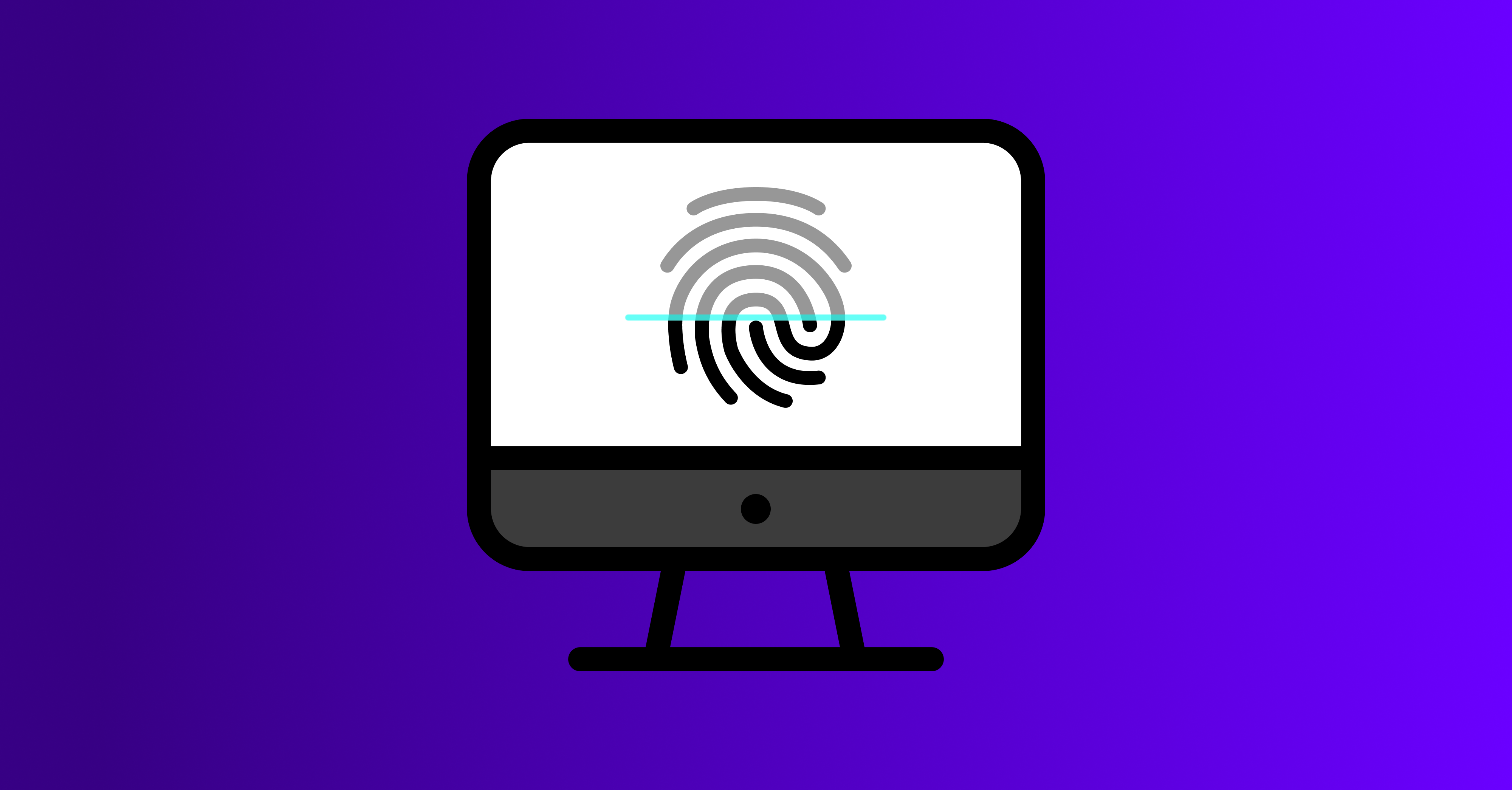To begin my journey through TryHackMe's Digital Forensics and Incident Response (DFIR) module, I just completed the introductory room. Coming from a software engineering background, I'm used to thinking about how systems are built and maintained, but this was my first proper look at what happens after things go wrong.
What DFIR Actually Is
DFIR stands for Digital Forensics and Incident Response. Before this, I vaguely knew it had something to do with investigating hacks, but now I understand it's a structured field that blends two areas:
- Digital Forensics: Collecting and analysing artefacts (like logs, memory dumps, registry keys, etc.) that tell the story of what happened.
- Incident Response: Using that evidence to detect, contain, and recover from attacks.
As a software engineer, I often think about preventing bugs. DFIR taught me that in security, you have to assume failure will happen, and be ready to handle it.
Core Concepts That Stood Out
Some key principles really made me rethink how fragile digital evidence can be:
- Artefacts: Evidence left behind by attackers, such as a suspicious process or a modified registry key.
- Order of Volatility: Some data disappears faster than others (e.g., RAM is lost on reboot, hard drive data lasts longer).
- Evidence Preservation: Always work on protected copies of evidence to avoid contamination.
- Chain of Custody: Track who handles evidence and when to ensure findings are trusted.
These ideas reminded me of version control in coding, both aim to keep history reliable.
The Toolbox
I also got a first look at some tools used in DFIR and the basic purpose of each. These where:
- Autopsy: Open-source forensic analysis tool.
- Volatility: For analysing memory dumps from Windows and Linux systems.
- Redline & Velociraptor: Endpoint monitoring and incident response tools.
- KAPE: Automates collecting and parsing forensic artefacts.
It's exciting to see parallels with development tools, like how KAPE automates repetitive tasks similar to CI/CD pipelines.
The Incident Response Lifecycle
This room introduced the PICERL process (Preparation, Identification, Containment, Eradication, Recovery, Lessons Learned). DFIR isn't just technical, it's also procedural and collaborative. You have to not only find what went wrong but also make sure the organisation learns from it.
Final Thoughts
As a first step into DFIR, this room was light on hands-on challenges but introduced me to a lot of new tools and ideas. For me, my biggest takeaway was that security work doesn't end when prevention fails, but that's when it begins.
I'm looking forward to exploring the next rooms, diving deeper into Windows and Linux forensics. It's a completely different way of thinking compared to my software engineering classes, and I can already see how useful it will be for understanding how systems behave under attack.

